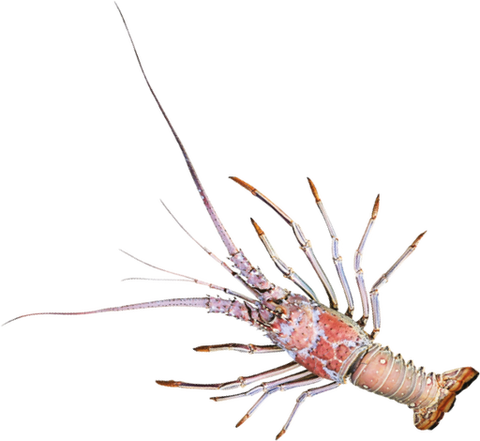
Atthefirsthintoffall,Caribbeanspinylobstersformalongchain.Asmanyas50 lobstersmayjointogether.Theyusetheirantennaetotouchthebacksofthelobstersaheadofthem.It’stimefortheirannualjourney,ormigration.
Beforewinter,theselobstersleaveshallowwaters.Theyseekoutdeeper,warmerwater.Here,thewavesarelesschoppy.Theoceanfloorisstill,andfoodismore plentiful.
Toreachthisplace,theymovesingle-filelikeasilentarmy.Theycreepalongforasmanyas50kilometers(31miles).Butwhatdrivesthem?
Weknowthatmanyanimalsmigrate.Theymovefromplacetoplace,oftenatcertaintimesorseasons.Why?Tosearchforfoodorforplacestobreed.Butwhattriggerstheirurgetomove?
MarineMarch
The shorter days of fall and a sharp drop in water temperatures send the lobsters on their way. They use their knowledge of the underwater landscape to move. But they are also guided by Earth's magnetic field.
Some animal species can detect this magnetic field and use it to guide their migrations.Humans can’t sense the magnetic field.Theymustusea compass.
Someanimalspecieshavesmallparticlesofmagnetiteintheirbrains.ThismagneticmineralmayreactwithEarth’smagneticfield.Scientiststhinkthemineralmayactivatenervesandsendmessagestothebraintohelpanimalsfindtheirway.

antenna
Caribbeanspinylobsterslinktogetherwhentheymigrateacrosstheoceanfloor.